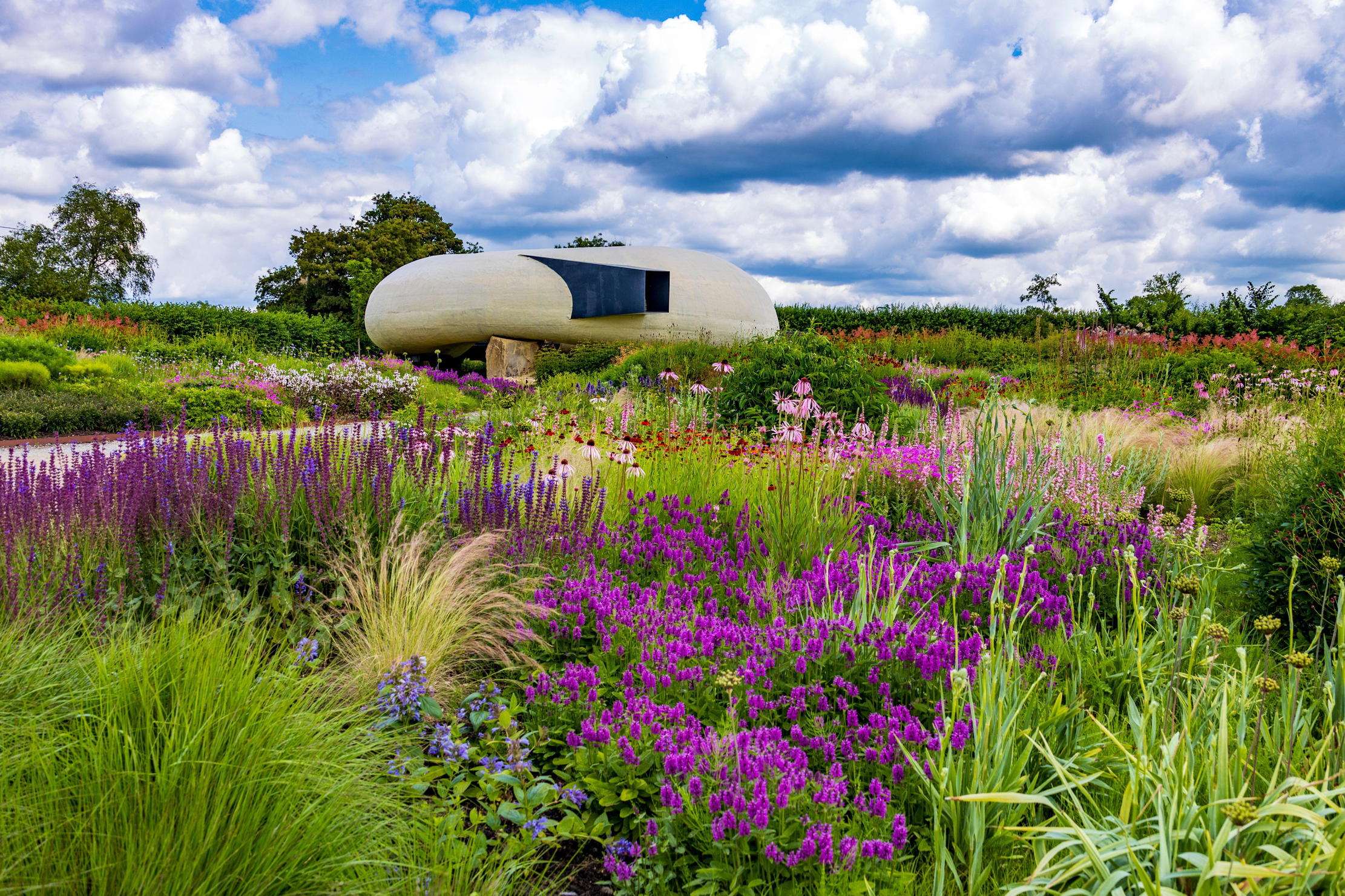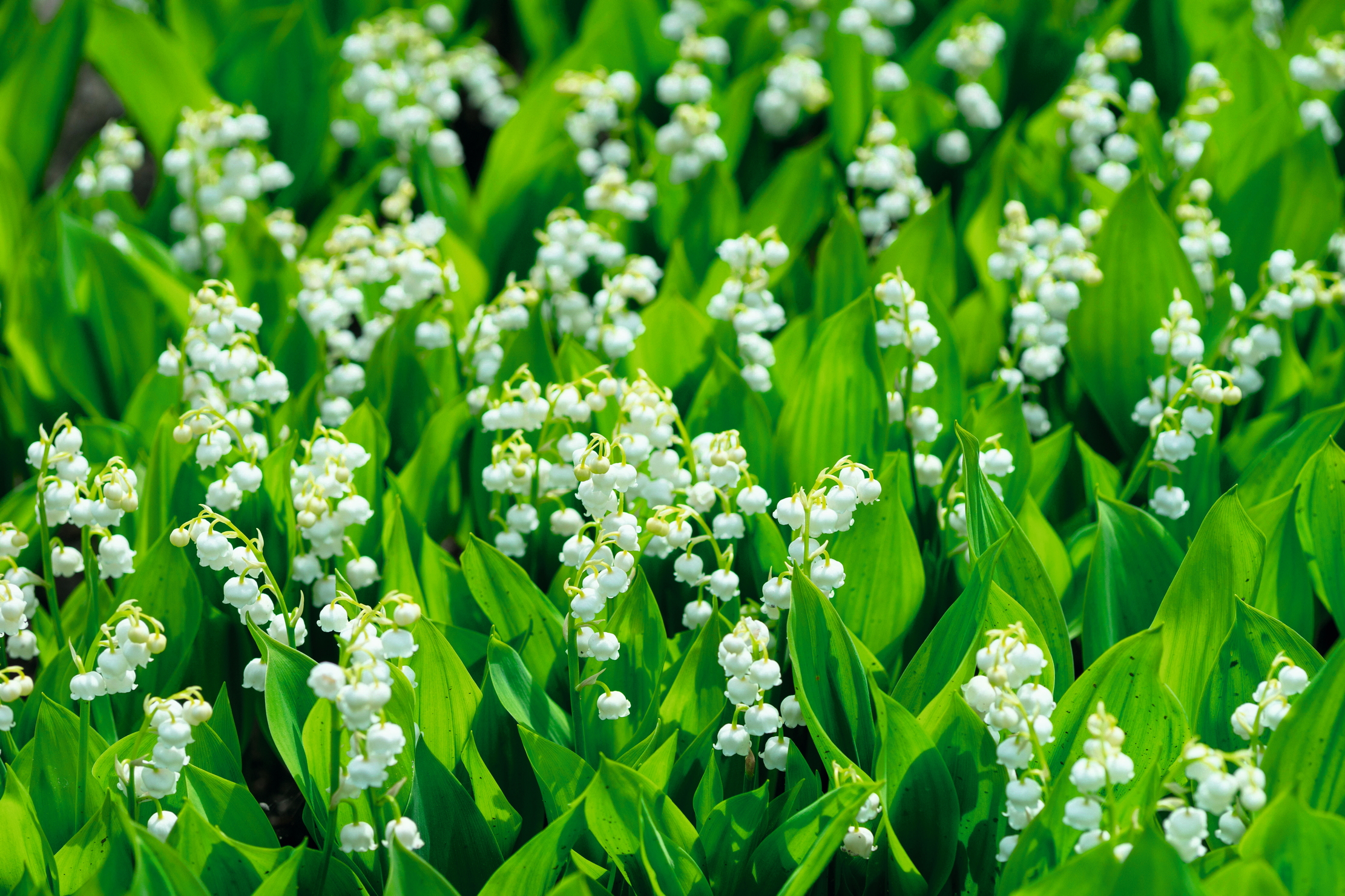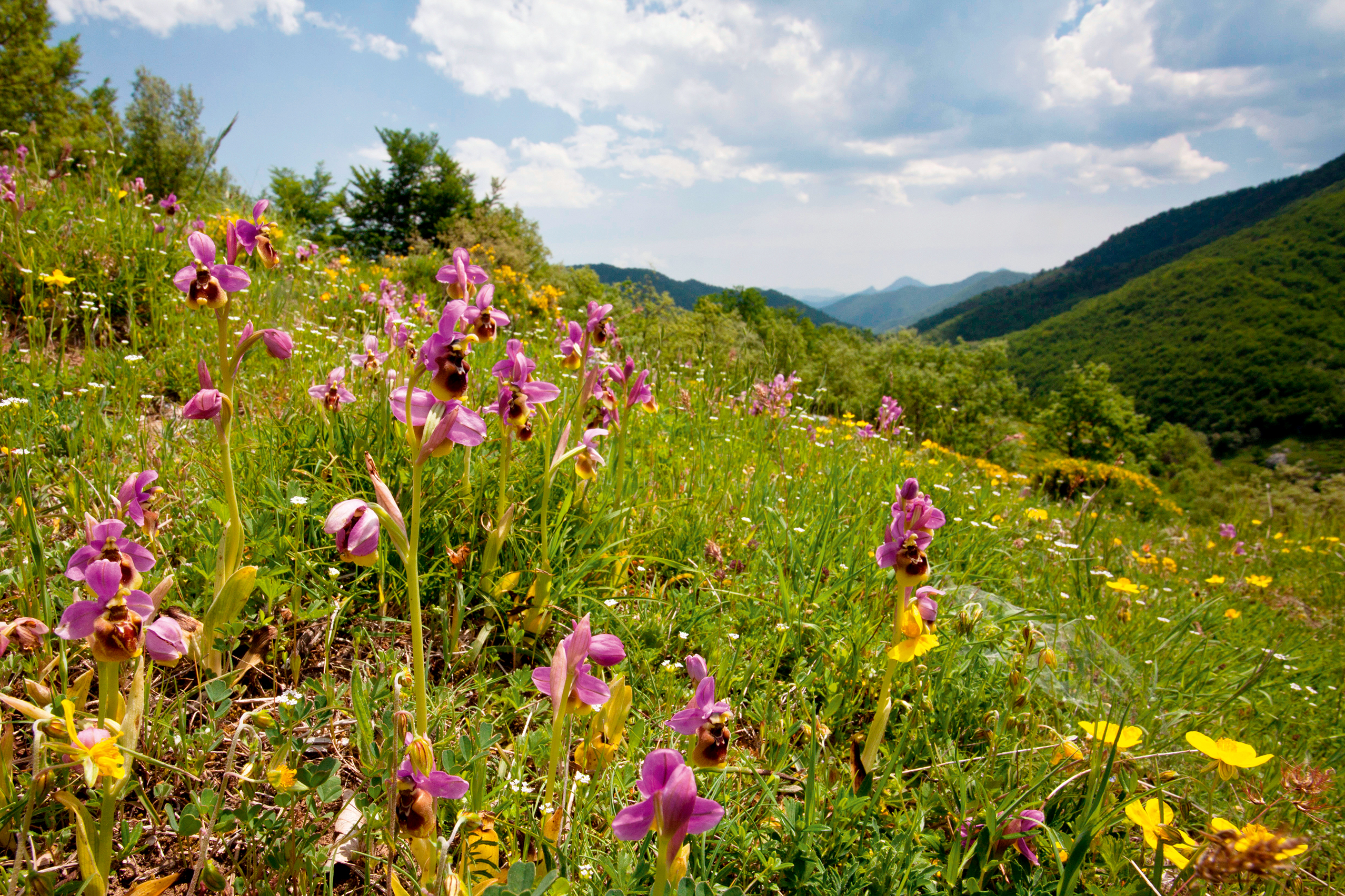'I could buy ready-to-go evergreens and hurry up the process, but I’m not in a hurry' — why gardeners, like plants, should move slowly
Shrubs, grasses, mess and dead leaves are nothing to be feared. We should take a leaf from Piet Oudolf and enjoy watching things grow and decay.

Fashions in gardening come and go like those on the catwalk, they simply take a lot longer doing so: sometimes decades. When I started unravelling the reams of previously little-known and rarely used grasses and perennial prairie plants that shot to fame in the late 1990s with the arrival of the Dutch designer Piet Oudolf, I don’t remember thinking that this northern European naturalistic planting would still be influencing British gardens 30 years on.
The point about Mr Oudolf is that he has an artist’s eye and an architect’s confidence; he uses plants for their colours and forms, enjoying the way that blocks of single species can create powerful waves across his typically large growing areas. Yet he has a deep knowledge of plants and takes inspiration from Nature, so the results are always sympathetic to their surroundings and the colours gentle and muted, in the best possible way.
What stayed with me following a visit to his garden and nursery in Hummelo in the Netherlands was Mr Oudolf’s approach to gardening: he wanted it to be as undemanding as possible. In other words, very much the opposite of what was happening at that time in traditional English gardens. It was poles apart from the advice in garden magazines that endlessly exhorted action — cutting away dead growth, removing fallen leaves, clipping and snipping and raking and digging. I used to be exhausted merely looking out of my window. Mr Oudolf let his plants be, watching as they peaked and slowly faded with none of the anxiety attendant on so many gardeners if — Heaven forbid — a dead leaf be spotted dangling from a stem.
Back then, there was plenty of talk of ‘low-maintenance gardening’. (Such a depressing phrase; the bastard cousin of five-minute suppers.) Before you knew it, perennial planting was proffered as low maintenance, but out there in the flowerbeds, struggling to dig out bronze fennel roots — don’t even ask — you knew it was a lie. Perennials could certainly be left to stand over winter (even if, in our rainy winters, they soon went black and soggy), but, after a few years, they need splitting and moving so they don’t get out of control.
A lot has changed since then: we are generally less hung up on perfection and letting the grass grow is no longer a sin. There is a slow-burning recognition, too, that shrubs should once again have a place in every garden. As an interesting new book reminds us, they are tough, reliable plants that are both undemanding and yet generous in their infinite variability of form, flower, hips and foliage. Shrouded in Light: naturalistic planting inspired by wild shrublands is written by two Americans, Kevin Philip Williams and Michael Guidi, who look at the way that shrubs underpin so many landscapes — heaths and moors, marshy areas, windswept coasts and woodlands.
Although their focus is mostly on the Americas, the book is already starting ripples over here with its analysis of the patterns shrubs make in Nature, how the plants work together and how these observations can underpin naturalistic plantings in gardens and landscapes. (I get a sense of this being a continuation of the experimental planting both of Mr Oudolf and of the French nurseryman and writer Olivier Filippi, who, at his nursery in the south of France, created a wonderful landscape of mounding Mediterranean species that he and his wife, Clara, had collected in the wild.) I expect we’ll be seeing and hearing more of this kind of thinking.
On a domestic scale, ever since my colleague Mark Griffiths encouraged me in 2020 to plant more roses, the spring/summer beds here have taken on a new richness. Roses give shape and momentum to mixed herbaceous planting even in winter, when their bare stems gleam with hips. They are also undoubtedly easier to manage than perennials, although I still have these and pheasant’s tail grasses running between and underneath. I would have added some purple barberry ‘Helmond Pillar’ for more shrubby structure, but ran out of space.
Sign up for the Country Life Newsletter
Exquisite houses, the beauty of Nature, and how to get the most from your life, straight to your inbox.
A gardening friend who lives nearby has clipped evergreens into cones and balls at random spots in her flower-filled borders to give the planting a greater dynamic and to provide something to look at in winter. Taking inspiration from this, I am nurturing the self-sown holly seedlings that sometimes appear in the west-facing beds, where birds drop berries from the huge holly tree by my front door, waiting (for some time) until they are ready to be shaped. I could buy ready-to-go evergreens and hurry up the process, but I’m not in a hurry and I like the serendipitous seedlings.

Credit: Shapencolour/Alamy
The poisonous plant that can 'run riot' in your garden, was a favourite of Elizabeth II and is more beautiful than a rose
Lily of the valley has a long history of royal connections, as well as being the ideal flower for expressions

'Within a month, one was eaten by a tiger, one was burned alive, five disappeared and the sole survivor emerged with 7,000 specimens': The unique passion engendered by orchids
Charles Quest-Ritson admits that he never fell for orchids the way he has for roses — but the devotion they inspire is

When sheds become art: The 'mini temples' that stand proud on 200-year-old allotments
Arthur Parkinson marvels at the spectacular sheds of Stoney Road Allotments.
-
 'Monolithic, multi-layered and quite, quite magnificent. This was love at first bite': Tom Parker Bowles on his lifelong love affair with lasagne
'Monolithic, multi-layered and quite, quite magnificent. This was love at first bite': Tom Parker Bowles on his lifelong love affair with lasagneAn upwardly mobile spaghetti Bolognese, lasagne al forno, with oozing béchamel and layered meaty magnificence, is a bona fide comfort classic, declares Tom Parker Bowles.
By Tom Parker Bowles
-
 Country houses, cream teas and Baywatch: Country Life Quiz of the Day, April 24, 2025
Country houses, cream teas and Baywatch: Country Life Quiz of the Day, April 24, 2025Thursday's Quiz of the Day asks exactly how popular Baywatch became.
By Toby Keel